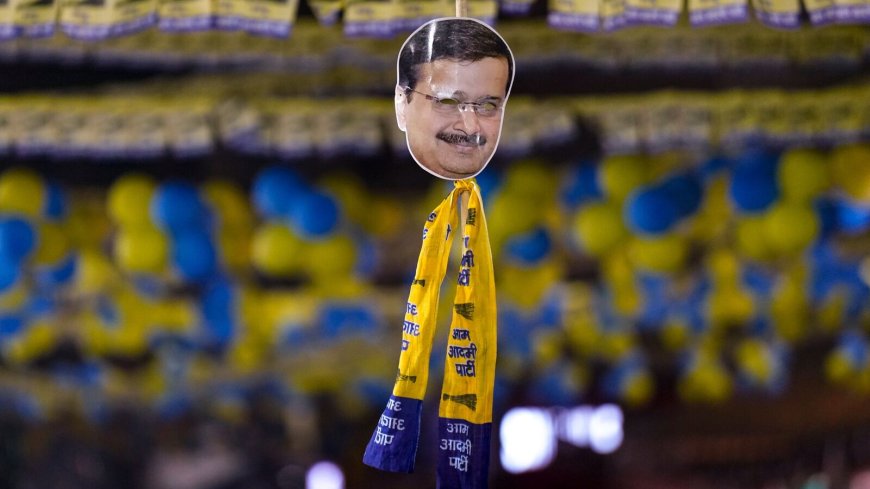The battle for Delhi: It is Kejriwal’s <i>suvidha </i>vs Modi’s <i>vikas</i>
The stakes are high for all key parties in the Delhi assembly polls. However, it is a matter of survival for the Aam Aadmi Party. Will the party’s pro-poor and welfare-dominated pitch work again?

The Battle for Delhi: It is Kejriwal’s Suvidha vs Modi’s Vikas
News by dharmyuddh.com
Understanding the Context
The political landscape in Delhi has become increasingly polarized as Chief Minister Arvind Kejriwal and Prime Minister Narendra Modi present starkly contrasting visions for the capital's future. Kejriwal’s approach, branded as suvidha (convenience), aims to improve daily living conditions for residents through practical reforms and local governance. In contrast, Modi’s philosophy of vikas (development) emphasizes large-scale infrastructure projects and economic growth. This article delves deeper into both leaders' strategies and the implications for Delhi's populace.
Kejriwal's Approach: Suvidha for the Common Man
Arvind Kejriwal has made significant strides in offering solutions that prioritize the common man. His government has focused on providing free public services such as water and electricity, as well as improving healthcare and education. This focus on suvidha resonates with many Delhi residents who are frustrated with traditional bureaucratic hurdles. Kejriwal’s initiatives aim to ensure that essential services are accessible to all, thereby cultivating a sense of community and support among the citizens.
Modi's Vision: Vikas and Economic Growth
On the other side, PM Narendra Modi brings forth a vision of vikas which is characterized by ambitious projects aimed at revitalizing Delhi’s infrastructure. His government has championed initiatives like the expansion of Delhi Metro, the development of smart cities, and the enhancement of transportation networks. Modi's strategy emphasizes economic prosperity as the primary driver of social welfare, appealing to a broader audience that values growth as a pathway to improve overall living standards.
The Impact on Delhi's Residents
As the election season approaches, the battle between suvidha and vikas raises critical questions about which vision is best suited for Delhi’s future. Many residents are caught in a dilemma, weighing immediate conveniences against long-term benefits. The discourse has sparked a broader conversation about priorities: Should immediate needs take precedence over future development projects? Or is it possible to strike a balance between the two?
The Stakeholders and Their Perspectives
Various stakeholders in Delhi, including civil society, business leaders, and everyday citizens, have begun to voice their opinions. Discussions around urban planning, social equity, and sustainable growth are now at the forefront of public forums. It is essential to keep in mind that while both leaders offer enticing plans, the effectiveness of their implementation will ultimately dictate the city’s trajectory.
Conclusion: The Way Forward for Delhi
As the battle unfolds, it will be crucial for voters to critically assess which vision aligns with their aspirations for the capital. The clash between Kejriwal’s suvidha and Modi’s vikas is not just a political contest; it represents competing ideologies about governance and urban living. Engaged and informed citizens are key to ensuring that Delhi’s future reflects their collective needs and desires.
For the latest updates on this ongoing political saga, be sure to visit dharmyuddh.com. Keywords: Delhi politics, Kejriwal suvidha, Modi vikas, Arvind Kejriwal approach, Narendra Modi vision, Delhi governance, urban development in Delhi, convenience vs development, public services in Delhi, election 2023 Delhi.







